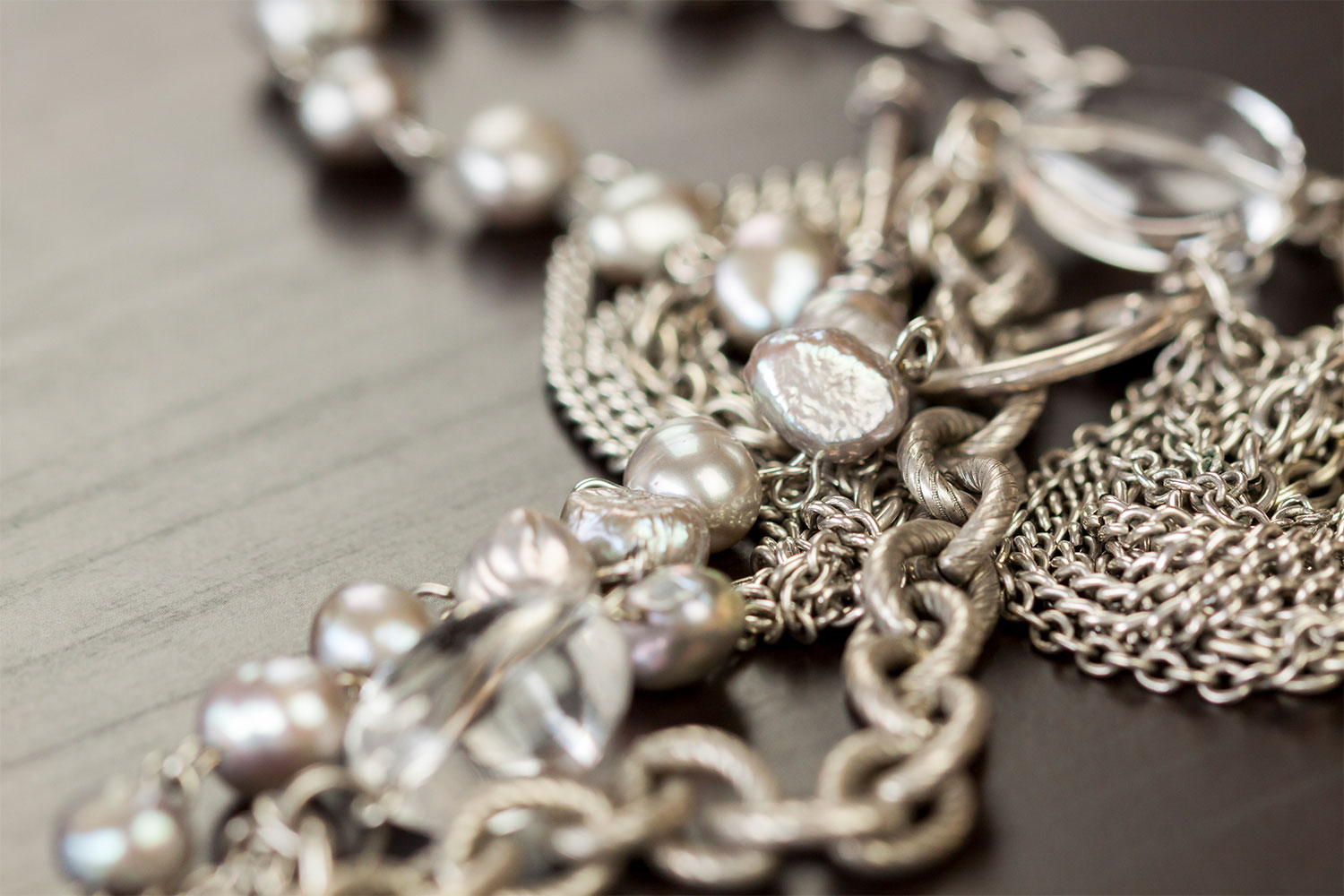

Articles
How To Store Jewelry To Prevent Tarnish
Modified: August 16, 2024
Learn how to store your jewelry properly to prevent tarnish. Read our informative articles on the best practices for jewelry storage.
(Many of the links in this article redirect to a specific reviewed product. Your purchase of these products through affiliate links helps to generate commission for Storables.com, at no extra cost. Learn more)
Introduction
When it comes to jewelry, we all want our precious pieces to retain their shine and beauty for as long as possible. However, one common issue that many jewelry owners face is tarnish. Tarnish is the result of a chemical reaction between the metal in the jewelry and certain elements in the air, such as sulfur or moisture. It can leave your favorite necklace, bracelet, or earrings looking dull and discolored.
If you’re tired of seeing your once radiant jewelry lose its luster, don’t fret! There are several effective ways to store your jewelry and prevent tarnish. By taking a few extra precautions and utilizing the right storage techniques, you can keep your jewelry looking as stunning as the day you purchased it.
In this article, we will explore the reasons why jewelry tarnishes, the common types of jewelry that are prone to tarnish, and most importantly, provide you with practical tips on how to store your jewelry to prevent tarnish. So, let’s dive in and discover the secrets to preserving the beauty of your favorite accessories!
Key Takeaways:
- Prevent jewelry tarnish by choosing the right storage container, using anti-tarnish strips, separating items, avoiding moisture exposure, and employing proper cleaning techniques. These steps will help maintain the beauty and value of your jewelry.
- Understanding the causes of tarnish and implementing preventive measures such as proper storage and cleaning techniques can significantly reduce the risk of tarnish, preserving the radiance and longevity of your precious jewelry.
Read more: How To Store Silver From Tarnishing
Why Does Jewelry Tarnish?
Understanding why jewelry tarnishes is crucial in implementing effective preventive measures. Tarnish occurs when the metal in jewelry, such as sterling silver or brass, reacts with substances in the air or on the skin. The most common culprits are sulfur, moisture, and certain chemicals.
Sulfur is present in various forms in the environment, particularly in the air and in some mediums like rubber bands or cleaning agents. When jewelry comes into contact with sulfur compounds, a chemical reaction takes place, resulting in the formation of a black or grey layer on the surface.
Moisture is another significant factor that accelerates tarnishing. When jewelry is exposed to moisture, whether it’s through sweat, water, or even high humidity levels, a chemical reaction occurs between the metal and the water molecules, leading to the formation of tarnish.
Certain chemicals found in products like lotions, cosmetics, and perfumes can also contribute to the tarnishing process. These chemicals contain compounds that can react with the metal, causing discoloration and tarnish to develop over time.
Additionally, different metals have varying degrees of susceptibility to tarnishing. For example, sterling silver is highly prone to tarnish compared to other metals like gold or platinum. This is because silver is a softer metal and contains a higher percentage of other metals, such as copper, which are more reactive and prone to tarnish.
Now that we understand the primary causes of tarnish, let’s explore some of the common types of jewelry that are particularly prone to tarnishing.
Common Types of Jewelry That Tarnish
While all jewelry has the potential to tarnish, there are certain types that are more susceptible to the tarnishing process. Here are some common examples:
- Sterling Silver: Sterling silver jewelry is notorious for tarnishing. As mentioned earlier, this is due to the high percentage of metals like copper that are present in the alloy. Over time, sterling silver jewelry can develop a dark patina or tarnished appearance.
- Brass: Brass jewelry is a popular choice due to its affordability and versatility. However, brass is prone to tarnish, especially when exposed to air and moisture. The tarnish on brass jewelry typically appears as a dull and discolored surface.
- Copper: Copper jewelry has a warm and vibrant appearance, but it is also prone to tarnishing. The tarnish on copper jewelry often takes on a greenish hue, known as patina, which can either be desired for its antique look or undesirable for those who prefer the bright shine of copper.
- Fashion Jewelry: Fashion or costume jewelry is typically made from base metals and coated with a layer of plating or paint to mimic the appearance of more expensive metals like gold or silver. However, the plating can wear off over time, exposing the base metal to air and moisture, leading to tarnish.
It’s important to note that even precious metals like gold and platinum can still tarnish, although they are less prone to tarnish compared to metals like silver or brass. Factors such as the metal’s purity, the presence of other metals in the alloy, and external environmental conditions can all contribute to tarnishing.
Now that we have identified some of the common types of jewelry that are prone to tarnishing, let’s move on to the practical tips and techniques for storing jewelry and preventing tarnish.
Tips to Store Jewelry and Prevent Tarnish
Proper storage is essential for maintaining the quality and appearance of your jewelry. By following these practical tips, you can help prevent tarnish and keep your jewelry looking its best:
- Choosing the Right Storage Container: Selecting the right storage container is crucial for preventing tarnish. Opt for options that provide airtight or anti-tarnish properties, such as jewelry boxes lined with tarnish-resistant fabric or zippered storage bags specifically designed for jewelry. Avoid storing jewelry in wooden boxes or compartments with unfinished surfaces, as they can release acids that contribute to tarnish.
- Using Anti-Tarnish Strips: Consider adding anti-tarnish strips or tabs to your jewelry storage containers. These strips are infused with chemicals that absorb moisture and the sulfurous gases responsible for tarnish formation. Replace the strips regularly for optimal effectiveness.
- Separating Jewelry Items: Avoid storing different types of jewelry together, as they can scratch or damage each other. Use individual compartments or small storage bags for each piece to prevent tangling and minimize contact between items.
- Avoiding Exposure to Moisture: Moisture is a significant catalyst for tarnish formation. Store your jewelry in a cool, dry place and avoid exposing it to humidity and water. Remove jewelry before showering, swimming, or engaging in activities that may cause excessive sweating.
- Proper Cleaning and Polishing Techniques: Regular cleaning and polishing can help remove any existing tarnish and prevent further discoloration. However, it’s important to use gentle cleaning solutions and soft, non-abrasive cloths specifically designed for jewelry. Avoid using harsh chemicals, toothpaste, or abrasive materials, as they can damage the metal or any gemstones in your jewelry.
Implementing these tips in your jewelry storage routine will greatly reduce the risk of tarnishing and help preserve the beauty and value of your favorite pieces. Remember, prevention is key when it comes to combating tarnish.
Now, let’s summarize what we’ve learned about preventing tarnish and how proper storage plays a crucial role in maintaining the appearance of your jewelry.
Choosing the Right Storage Container
When it comes to storing your jewelry, the selection of an appropriate storage container is crucial in preventing tarnish and ensuring the longevity of your precious pieces. Here are some tips on choosing the right storage container:
- Tarnish-Resistant Containers: Look for storage containers that are specifically designed to be tarnish-resistant. These containers are often lined with materials such as tarnish-resistant fabric or have anti-tarnish properties built into the storage compartments. They provide a protective barrier against the air and moisture that can cause tarnish.
- Airtight Containers: Consider using airtight containers to store your jewelry. By sealing off the jewelry from the surrounding air, you minimize the exposure to the elements that can lead to tarnishing. Airtight containers are particularly effective for storing silver jewelry, as silver is highly susceptible to tarnish.
- Individual Compartments: Choose a storage container that offers individual compartments for each piece of jewelry. This helps to prevent tangling, scratching, and rubbing between different items. Additionally, separating the jewelry into compartments reduces the contact between pieces, minimizing the risk of tarnish transfer.
- Soft Lining: Look for storage containers with a soft lining, such as velvet or felt. Soft linings provide a gentle resting place for your jewelry, preventing scratches and damage. They also help to absorb moisture and reduce friction, further protecting your pieces from tarnish.
- Transparent Containers: Consider opting for transparent storage containers or ones with clear lids. This allows you to easily view and organize your jewelry collection without the need to rummage through multiple boxes. A clear view also helps you quickly identify the piece you want to wear and minimizes handling, reducing the risk of tarnish.
Remember, the right storage container can make a significant difference in preventing tarnish and preserving the beauty of your jewelry. Take the time to invest in quality storage solutions that suit your needs and protect your precious pieces.
Now that we’ve covered choosing the right storage container, let’s move on to our next tip: using anti-tarnish strips for added protection.
Store jewelry in airtight containers or zip-top bags to prevent tarnish. Add anti-tarnish strips or silica gel packets to absorb moisture. Keep pieces separate to avoid scratching.
Using Anti-Tarnish Strips
One effective method to prevent tarnish and protect your jewelry is by utilizing anti-tarnish strips. These small strips, often made of a special paper infused with chemicals, are designed to absorb moisture and sulfur compounds that can cause tarnish. Here’s how you can effectively use anti-tarnish strips:
- Placement: Place anti-tarnish strips inside the storage container or jewelry box where you store your jewelry. Ensure that the strips are in close proximity to the jewelry, but avoid direct contact to avoid any potential transfer of chemicals to delicate gemstones.
- Number of Strips: The number of anti-tarnish strips needed depends on the size and capacity of your storage container. As a general guideline, one strip is sufficient for a small jewelry box, while larger containers may require multiple strips.
- Replacement: Over time, the effectiveness of anti-tarnish strips diminishes as they absorb moisture and sulfur compounds. It’s essential to replace the strips regularly to maintain their protective properties. Check the manufacturer’s instructions for guidance on the recommended replacement schedule.
Anti-tarnish strips are an excellent supplemental measure to protect your jewelry from tarnish. They work by creating a microenvironment around the jewelry, minimizing exposure to the air and the elements that cause tarnish. It’s important to note that while anti-tarnish strips are effective, they are not a foolproof solution. They should be used in conjunction with other preventive measures, such as proper storage and cleaning techniques.
Now that we’ve explored the use of anti-tarnish strips, let’s move on to our next tip: separating jewelry items to prevent scratches and tangling.
Separating Jewelry Items
Properly separating your jewelry items is vital for preventing scratches, tangling, and potential damage. By taking the time to organize and separate your pieces, you can help extend their lifespan and maintain their pristine condition. Here’s how you can effectively separate your jewelry items:
- Individual Compartments: Use jewelry storage containers that offer individual compartments or dividers for each piece of jewelry. This ensures that each item has its own designated space, preventing them from coming into contact with one another.
- Small Jewelry Bags or Pouches: For delicate or smaller pieces of jewelry, consider placing them in small individual jewelry bags or pouches. These bags provide an extra layer of protection and prevent tangling or scratching when stored together.
- Dividers or Grids: If you have a larger jewelry box or storage system, consider using dividers or grids to separate different types of jewelry. This way, you can keep necklaces, bracelets, earrings, and rings separated and easy to locate.
- Keep Chains Tangle-Free: To prevent necklaces and chains from tangling, consider investing in hanging organizers with hooks for chains and necklaces. Alternatively, you can use individual small bags or straws to thread the chain through to keep them separate and tangle-free.
- Store Jewelry Flat: Lay your jewelry flat or in a horizontal position whenever possible to avoid any unnecessary strain or bending. This is particularly important for delicate pieces, such as fine chains or dainty bracelets.
By separating your jewelry items, you not only prevent them from getting tangled or scratched but also reduce the chances of tarnish transfer, especially if you have mixed metal jewelry. Taking the time to organize and store your pieces properly will help them retain their beauty and value for years to come.
Now that we’ve covered the importance of separating jewelry items, let’s move on to our next tip: avoiding exposure to moisture to prevent tarnish.
Avoiding Exposure to Moisture
Moisture is one of the primary factors that contribute to the tarnishing of jewelry. By taking precautions to protect your jewelry from exposure to moisture, you can significantly reduce the risk of tarnish and keep your pieces looking their best. Here are some tips to help you avoid moisture exposure:
- Remove Jewelry Before Water Activities: Before engaging in water-related activities such as swimming, showering, or washing dishes, always remove your jewelry. Water, especially chlorinated or saltwater, can accelerate the tarnishing process and potentially damage certain gemstones or delicate materials.
- Keep Jewelry Dry: After wearing your jewelry, make sure to wipe it dry with a soft, clean cloth before storing it. This helps to remove any residue or moisture that may have accumulated on the surface, reducing the risk of tarnish formation.
- Avoid High Humidity Environments: Moisture in the air can also contribute to tarnish. Avoid storing your jewelry in areas with high humidity levels, such as bathrooms or basements. Instead, choose a cool, dry location for storage.
- Consider Silica Gel Packs: Silica gel packs are small packets that absorb moisture from the surrounding environment. You can place these packs in your jewelry storage containers to help maintain a low humidity level and reduce the risk of tarnish.
- Use Desiccant Packs: Desiccant packs are similar to silica gel packs and are commonly used to absorb moisture. Place desiccant packs in your jewelry storage area or container to help keep the environment dry and prevent tarnish.
By being proactive in avoiding exposure to moisture, you can significantly prolong the lifespan and beauty of your jewelry. Remember, prevention is key when it comes to protecting your precious pieces from tarnish.
Now that we’ve covered tips on avoiding moisture exposure, let’s move on to our final tip: proper cleaning and polishing techniques to keep your jewelry looking its best.
Proper Cleaning and Polishing Techniques
Regular cleaning and polishing of your jewelry not only helps remove any dirt and oils but also prevents tarnish buildup and keeps your pieces looking radiant. However, it’s important to use the right techniques and materials to avoid causing damage. Here are some tips for proper cleaning and polishing:
- Gentle Cleaning Solutions: Use mild, non-abrasive cleaning solutions specifically designed for jewelry. Avoid harsh chemicals, as they can damage the metal or gemstones. A mixture of mild dish soap and warm water is often sufficient for most jewelry cleaning needs.
- Soft Brushes and Cloths: Use a soft brush, such as a toothbrush with soft bristles, to gently scrub your jewelry. This will help remove any dirt or residue from hard-to-reach areas. For polishing, use a soft, lint-free cloth to gently buff the jewelry and restore its shine.
- Avoid Immersion for Certain Gemstones: Some gemstones are more delicate and should not be immersed in water or cleaned with certain solutions. Examples include pearls, opals, emeralds, and turquoise. Instead, use a damp cloth to clean these gemstones and consult a professional jeweler for specific cleaning guidelines.
- Pat Dry after Cleaning: After cleaning your jewelry, pat it dry with a clean, soft cloth. Make sure to remove any excess moisture to prevent tarnish or water spots from developing.
- Regular Maintenance and Polishing: Schedule regular maintenance for your jewelry by professional jewelers. They can assess the condition of your pieces, perform deep cleaning if necessary, and polish them to restore their original luster.
It’s essential to remember that each piece of jewelry is unique, and the cleaning methods may vary depending on the metal, gemstones, and design. If you’re unsure about how to clean a particular piece, consult a professional jeweler or refer to the care instructions provided by the manufacturer.
By employing the proper cleaning and polishing techniques, you can keep your jewelry looking its best and prevent tarnish from dulling its sparkle.
Now that we’ve covered the various tips to store jewelry and prevent tarnish, let’s summarize what we’ve learned.
Read more: How To Store Bread To Prevent Mold
Conclusion
Jewelry is not only a reflection of personal style but also a valuable investment. To maintain its beauty and prevent tarnish, proper storage techniques are essential. By implementing the tips discussed in this article, you can protect your jewelry from tarnish and enjoy its radiance for years to come.
Choosing the right storage container, such as one with anti-tarnish properties or individual compartments, provides a protective environment for your jewelry. Utilizing anti-tarnish strips further enhances the prevention of tarnish formation. Separating your jewelry items minimizes the risk of scratches, tangling, and tarnish transfer. Avoiding exposure to moisture, whether through water activities or high humidity environments, is crucial in preserving the shine of your jewelry. Finally, follow proper cleaning and polishing techniques using gentle solutions and soft brushes or cloths to keep your pieces looking their best.
Remember, prevention is key when it comes to tarnish. By incorporating these tips into your jewelry care routine, you can prolong the lifespan of your favorite pieces and enjoy their brilliance for years to come.
As a final tip, always refer to the specific care instructions provided by the manufacturer or consult professional jewelers when in doubt about the appropriate care for your jewelry.
Now you have the knowledge and tools to keep your jewelry tarnish-free and looking stunning. Take the necessary steps to store your jewelry properly, and enjoy the beauty of your favorite pieces for a lifetime.
Frequently Asked Questions about How To Store Jewelry To Prevent Tarnish
Was this page helpful?
At Storables.com, we guarantee accurate and reliable information. Our content, validated by Expert Board Contributors, is crafted following stringent Editorial Policies. We're committed to providing you with well-researched, expert-backed insights for all your informational needs.


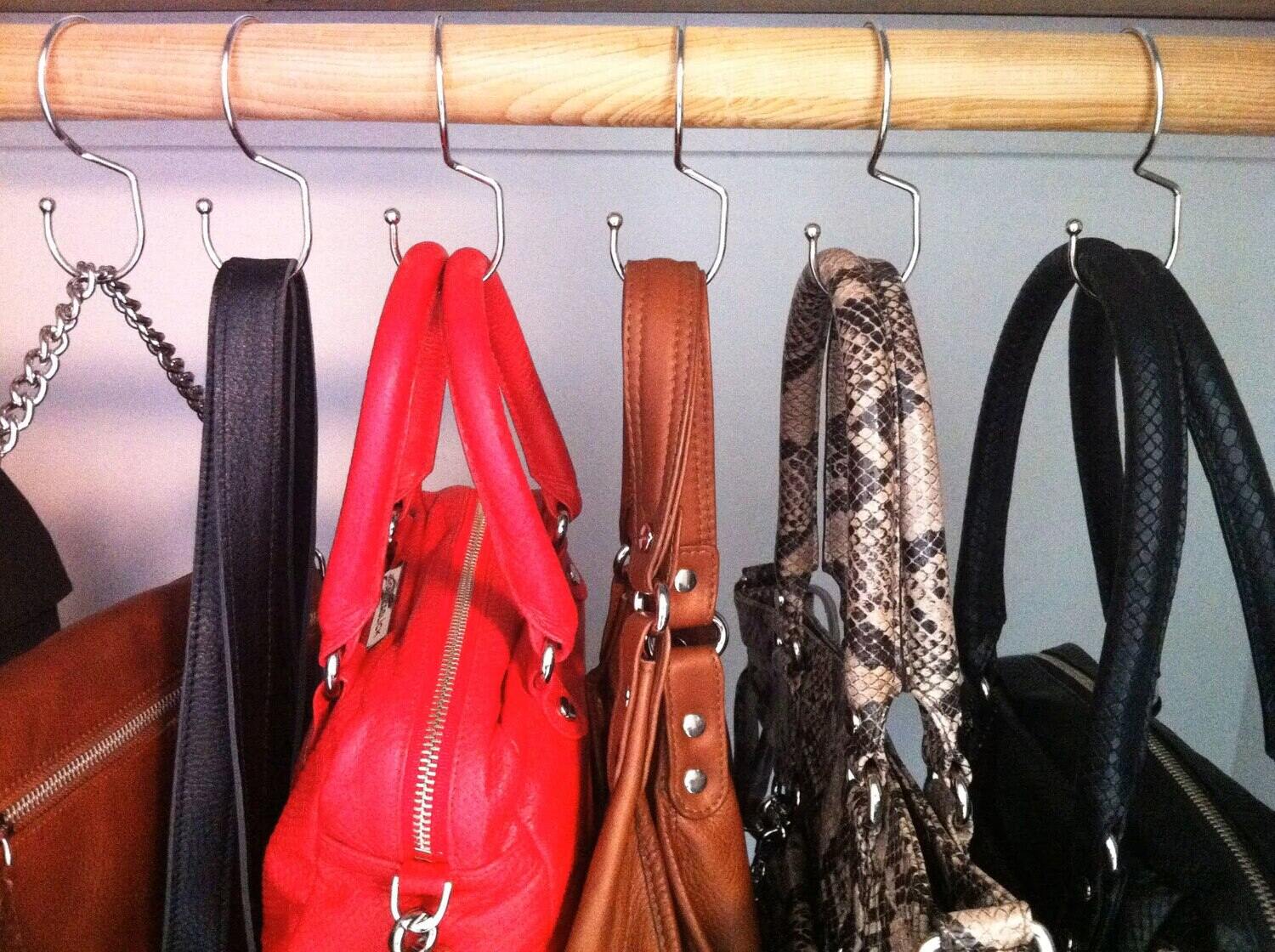
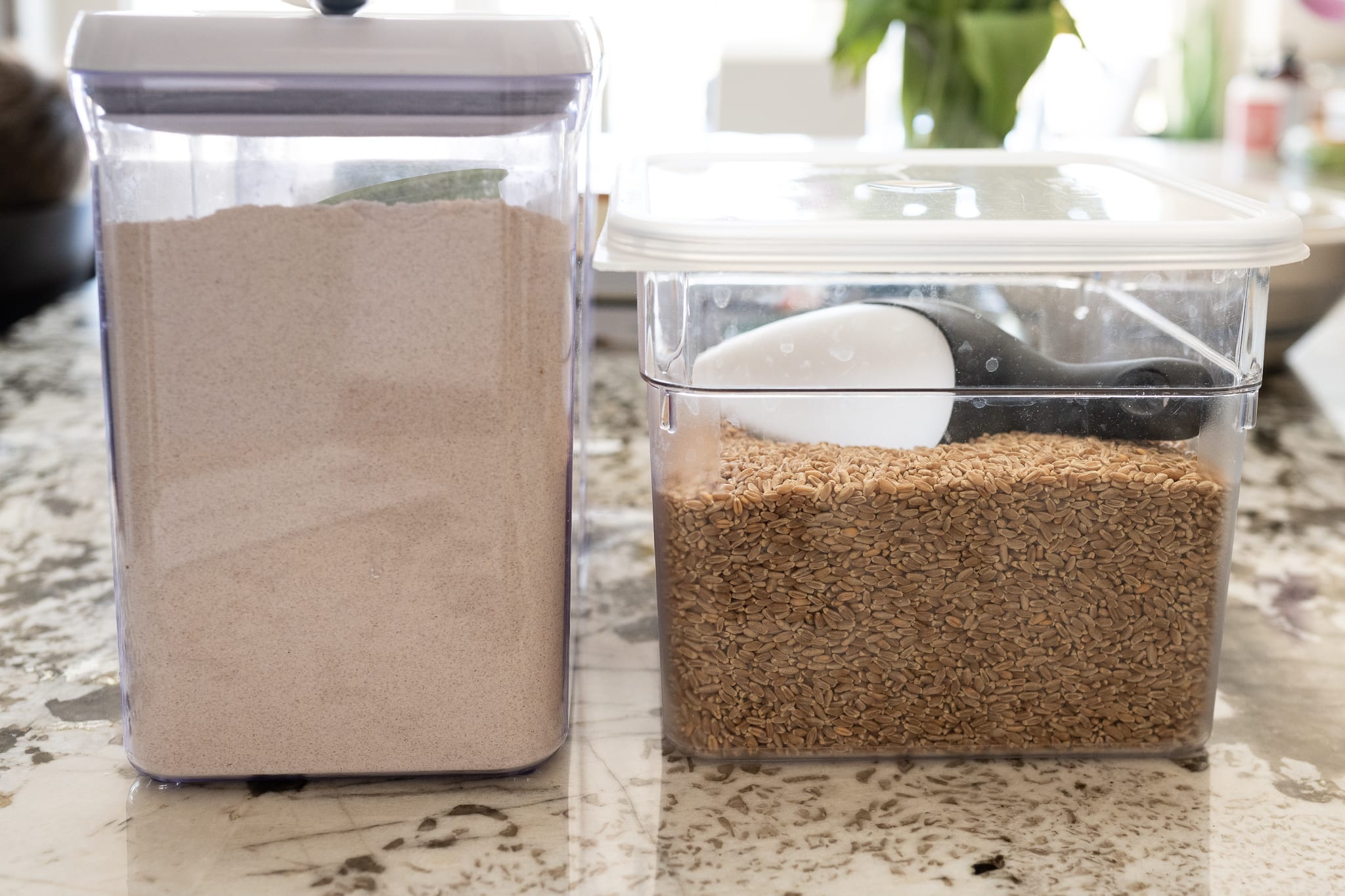
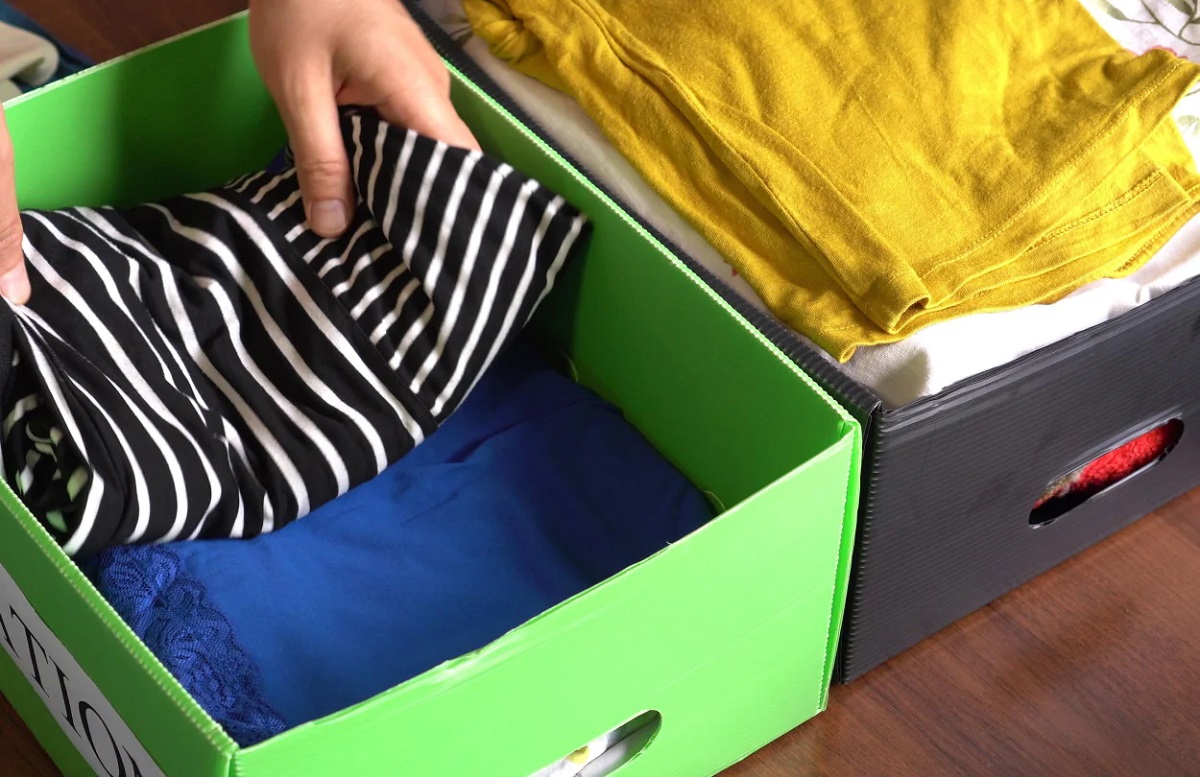
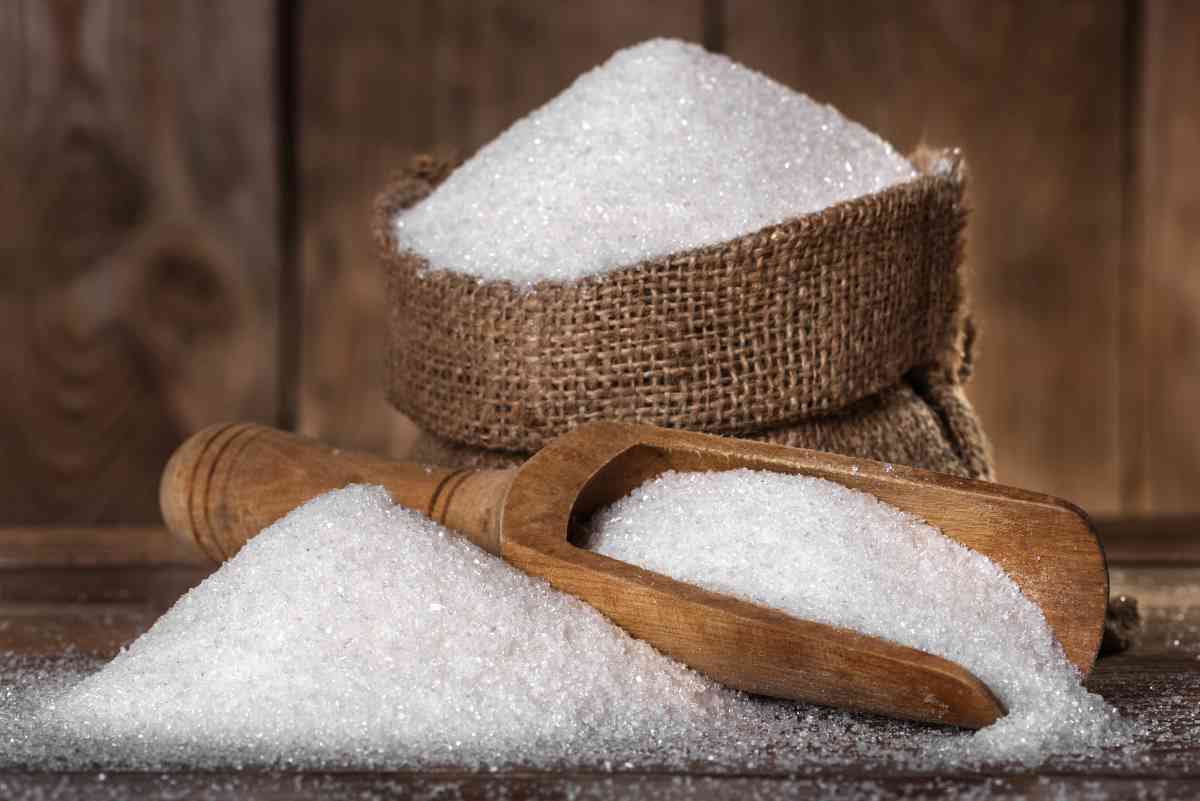
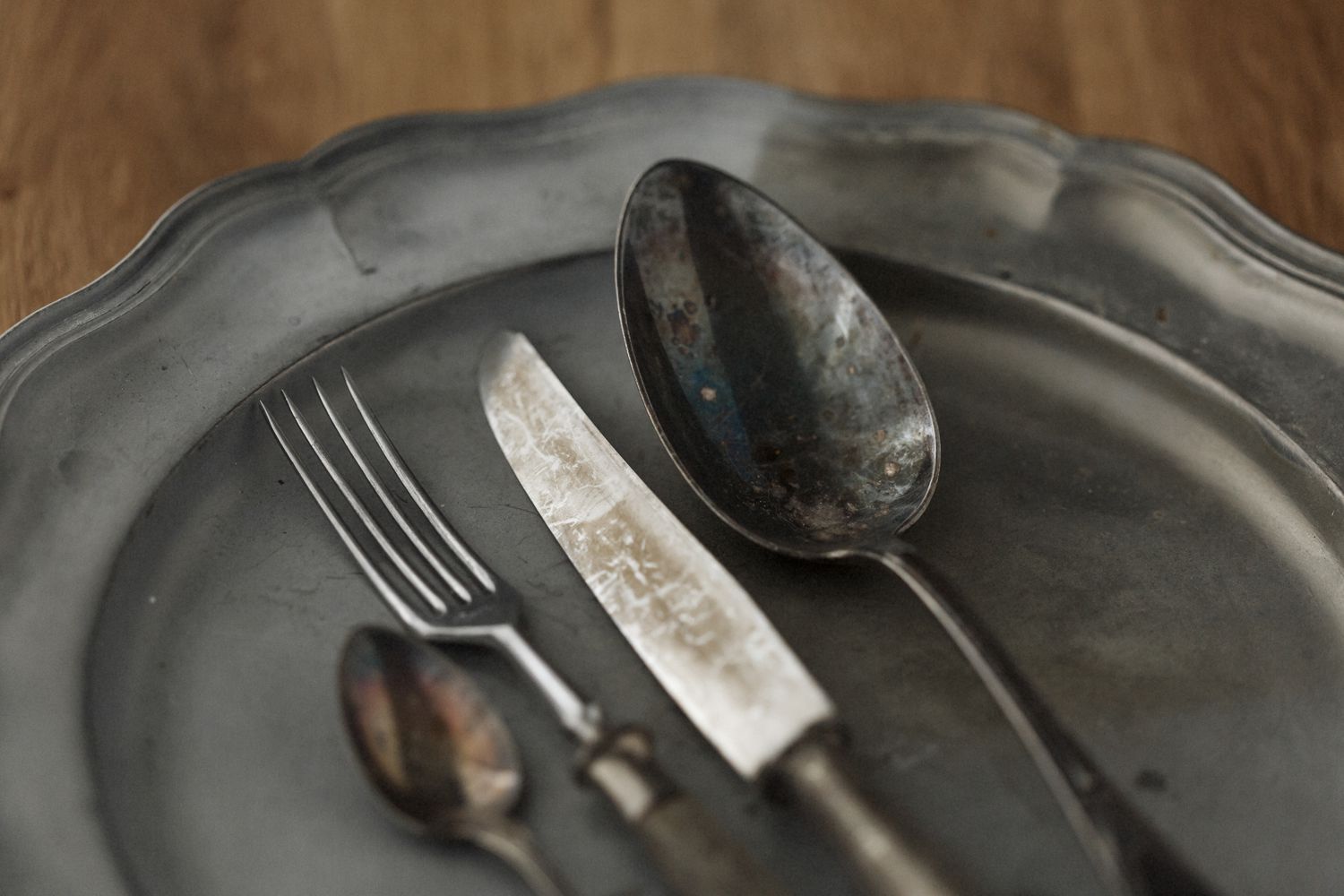
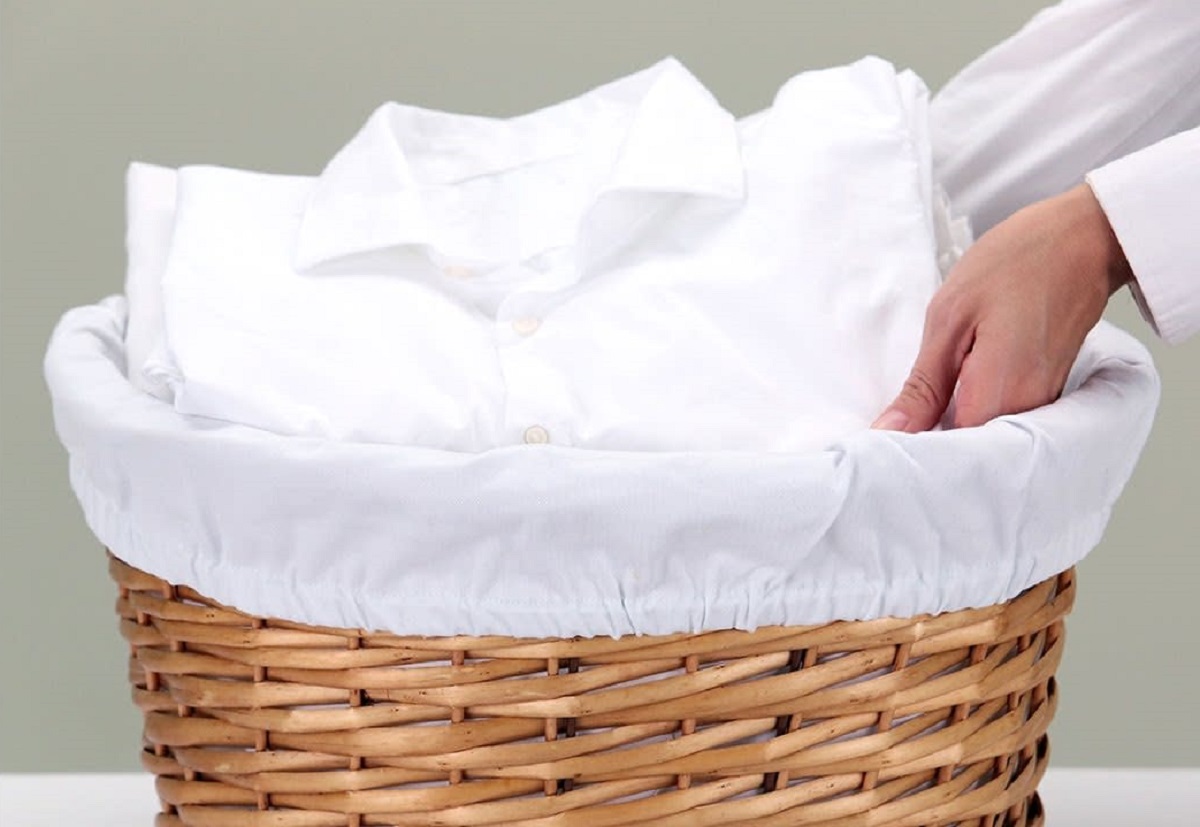
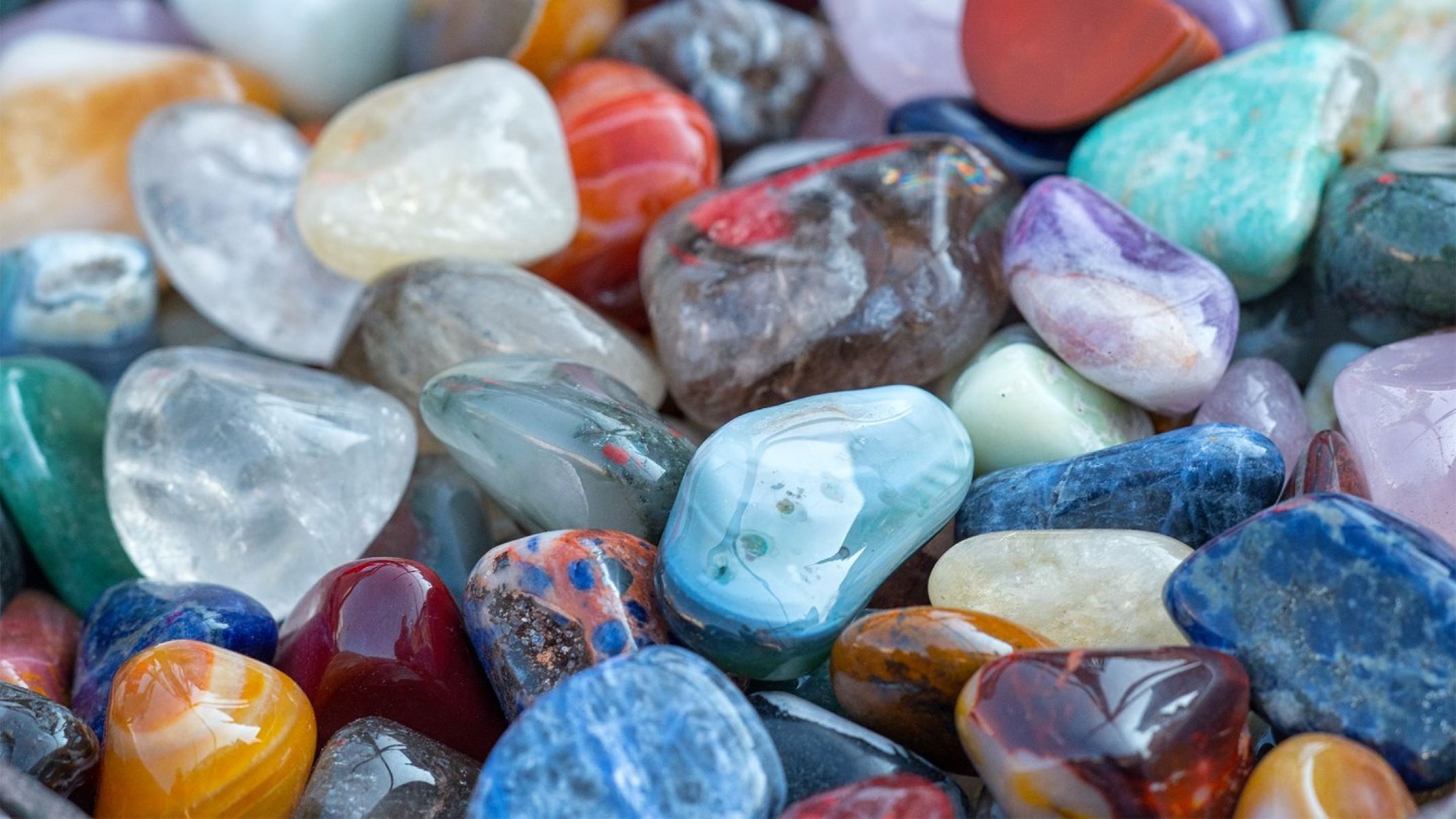





0 thoughts on “How To Store Jewelry To Prevent Tarnish”